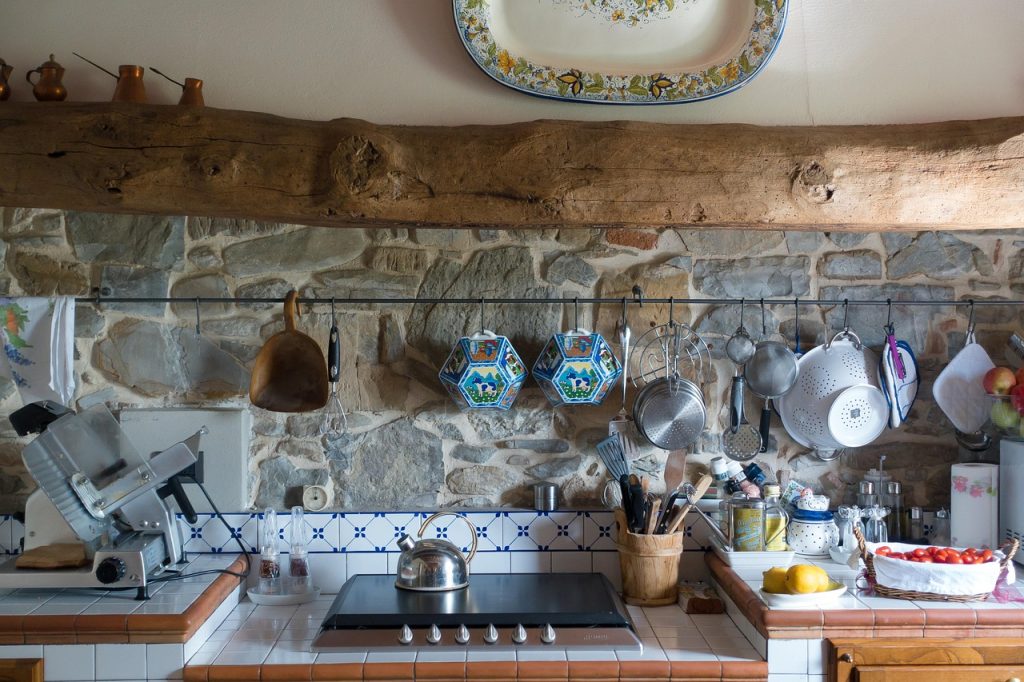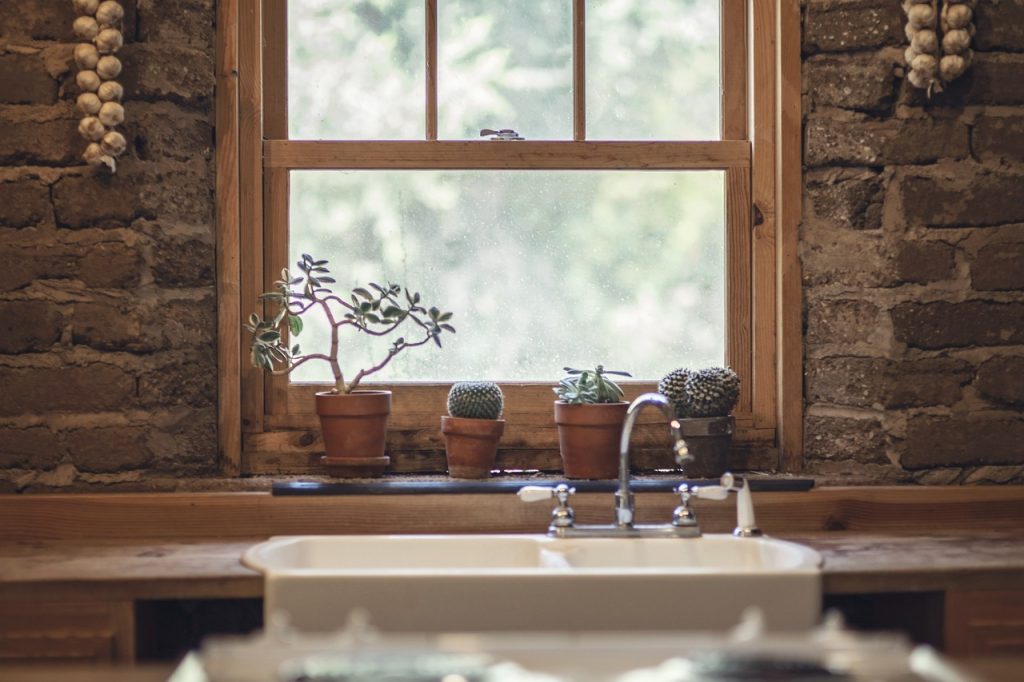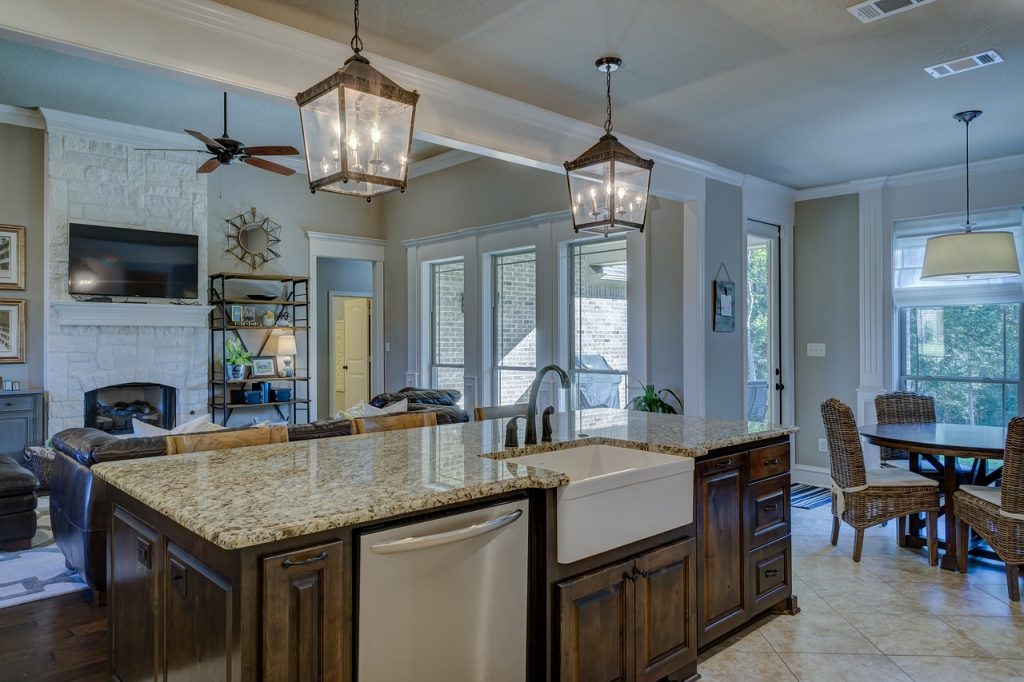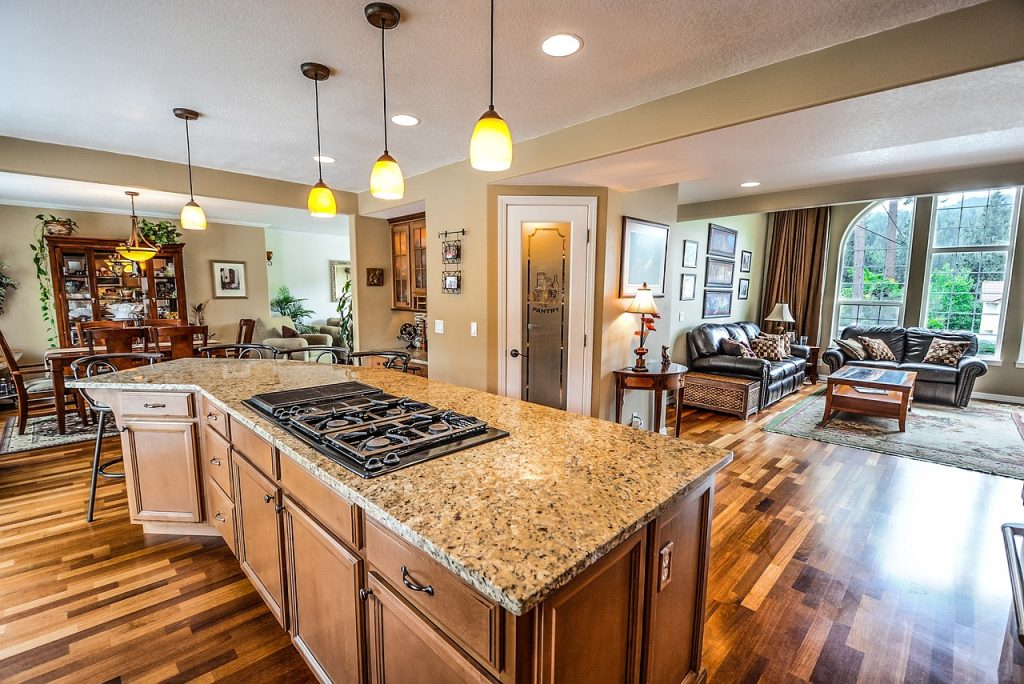There’s something undeniably warm and inviting about a farmhouse kitchen. It wraps you in comfort the moment you step inside—like a fresh pie cooling on the counter or the sound of a kettle gently whistling on the stove. Whether you live in a countryside cottage or a city apartment, the farmhouse kitchen style brings a feeling of home that never goes out of fashion.
What makes this style so special? It’s the blend of rustic charm, vintage character, and cozy comfort. A true farmhouse kitchen feels lived-in, loved, and layered with thoughtful details that are both practical and beautiful. From distressed wood finishes to antique-inspired accessories, everything works together to create a space that’s functional yet full of personality.

In this blog post, we’ll walk you through the must-have elements that bring the farmhouse aesthetic to life. Whether you’re doing a full kitchen makeover or just adding a few touches, these tips will help you create that cozy, rustic look you’ve always dreamed of—on any budget.
1. Open Shelving for Easy Access and Style
Open shelves are one of the most defining features of a farmhouse kitchen. Instead of hiding everything behind cabinet doors, open shelving allows you to display your most-loved dishes, mugs, and bowls. It makes the kitchen feel more open, airy, and lived-in.
Use reclaimed wood or white-painted planks for a rustic feel. To style your shelves, keep things simple: stack white plates, add a mason jar filled with dried flowers, or display a few vintage mixing bowls. The goal is to blend function and charm effortlessly.
2. Butcher Block Countertops
Nothing says farmhouse like a warm wood countertop. Butcher block is a popular choice because it adds texture and natural color to your kitchen. It’s also functional—you can prep food directly on the surface.
Pair butcher block with white or cream cabinetry to achieve that classic farmhouse contrast. Be sure to seal and care for the wood properly to keep it looking great over time. The richness and grain of the wood bring coziness to even the most modern kitchen layout.
3. Apron-Front (Farmhouse) Sink
A farmhouse kitchen isn’t complete without a traditional apron-front sink. These deep, wide sinks are practical for washing large pots and pans, and they make a strong style statement.
Choose a white porcelain or fireclay finish for an authentic look. The exposed front adds character and becomes a visual focal point. Pair it with a vintage-style faucet in brushed brass, black, or chrome for a timeless finish.
4. Neutral Color Palette with Warm Tones
The color scheme in a farmhouse kitchen is usually calm and neutral. Think whites, creams, soft grays, and warm beige tones. These colors help reflect natural light and make the space feel bigger and brighter.

To add depth, incorporate natural materials like wood, rattan, and stone. Don’t be afraid to introduce warm accents like muted green or dusty blue on cabinets, island bases, or decor. The palette should feel soothing, not sterile.
5. Beadboard or Shiplap Walls
To bring in that rustic cottage charm, line your kitchen walls or backsplash with beadboard or shiplap. These classic wall treatments add subtle texture and dimension without overwhelming the space.
Paint them white or soft gray for a clean, fresh backdrop. Whether you use it on just one wall or throughout the entire kitchen, beadboard and shiplap help tell the farmhouse story in a simple, beautiful way.
6. Vintage-Inspired Lighting
The right lighting makes all the difference. Farmhouse kitchens often feature pendant lights or lanterns with an antique finish. Go for oil-rubbed bronze, aged brass, or matte black to match the rustic aesthetic.
Hanging lights over your island or sink adds both style and practicality. Consider glass shades, industrial cages, or mason jar pendants. These lighting elements set the tone and warm up the entire space.
7. Open Pot Racks or Hanging Hooks
Practical storage is key in farmhouse kitchens. Open pot racks or wall hooks not only keep your cookware within easy reach but also create visual interest. They add a “lived-in” feel and let you show off beautiful cast iron skillets, copper pans, or vintage utensils.
Hang a ceiling rack over an island or install a wall-mounted version near your stove. You can also use hooks for aprons, towels, or woven baskets to enhance the cozy farmhouse vibe.
8. Classic White or Patterned Dishes
Open shelving and glass-front cabinets give you the perfect excuse to show off your dishes. White ceramic dishes are a farmhouse staple—they’re timeless, clean, and easy to mix and match.
You can also introduce a bit of personality with vintage floral patterns or soft pastel tones. Mixing classic and playful dishware keeps your kitchen feeling warm and welcoming rather than overly styled.

9. Wooden Cutting Boards and Rolling Pins
Simple accessories like wooden cutting boards, rolling pins, and serving trays double as both tools and decor. Lean them against the backsplash or hang them on hooks for easy access.
Choose boards in different shapes and sizes, especially those with a rich patina. Their natural grain adds texture to your space, while also reflecting the “heart of the home” essence farmhouse kitchens are known for.
10. Textiles with Texture: Linen Towels, Cotton Rugs, and Curtains
Textiles bring softness and warmth to your kitchen. Use linen or cotton dish towels in neutral shades or vintage stripes. Add a small woven or braided rug in front of the sink to make the space feel grounded and cozy.
Light, airy curtains in white or soft floral prints can soften windows and let in natural light. These small touches may seem simple, but they pull the whole look together and make the kitchen feel truly lived-in.
11. Freestanding Furniture and Vintage Finds
Unlike modern kitchens with built-in everything, farmhouse kitchens often include freestanding pieces like hutches, sideboards, or rolling islands. These add charm, storage, and character.
Incorporate vintage furniture if possible—like an old wooden table or antique cabinet. These pieces tell a story and give your space a layered, collected-over-time feel that’s central to farmhouse style.
12. Mason Jars and Glass Canisters
Storage can be beautiful, too. Mason jars, glass canisters, and vintage-style tins are perfect for storing flour, sugar, pasta, coffee, or dried herbs. They’re not only practical but also pretty to look at.
Line them up on open shelves or display them in glass cabinets. They help reduce clutter while keeping your kitchen organized and charmingly old-fashioned.
13. Natural Materials: Wood, Stone, and Metal
A farmhouse kitchen should feel grounded in nature. That means using materials like wood, stone, brick, and metal wherever possible. Think wood beams, stone counters, or a brick accent wall.
Even smaller touches like a raw wood cutting board or iron handles can make a big impact. Mixing these natural elements creates the warm, rustic feel that defines farmhouse decor.

14. Wicker and Woven Baskets
Baskets are an easy way to add texture and practicality. Use them to store fruits, towels, or pantry goods. You can place them on open shelves, countertops, or even hang them on the wall.
Choose neutral-toned wicker or woven baskets for that natural, earthy look. They instantly warm up the space and keep things looking tidy.
15. Personal Touches: Signs, Chalkboards, and Family Photos
Lastly, make your farmhouse kitchen feel like your kitchen. Add personal touches like a chalkboard menu, a handmade wooden sign with a quote you love, or framed black-and-white family photos.
These details add warmth and personality, making the space feel welcoming and full of heart. The farmhouse kitchen is not just about style—it’s about creating a space where memories are made.
Conclusion
Creating a cozy, rustic farmhouse kitchen is all about balance. You want a space that’s beautiful but not overly styled, functional yet full of charm. The key is in the details—from open shelves and wooden countertops to vintage lighting and personal touches.
You don’t need to spend a fortune or live on a farm to enjoy the farmhouse aesthetic. Start small with a few key pieces, and slowly layer in textures, natural materials, and meaningful accessories. Over time, your kitchen will evolve into a space that feels timeless, warm, and completely you.
Whether you’re baking bread on a Sunday morning or sipping tea at the end of the day, your farmhouse kitchen will be the heart of your home—a place filled with comfort, character, and love.
